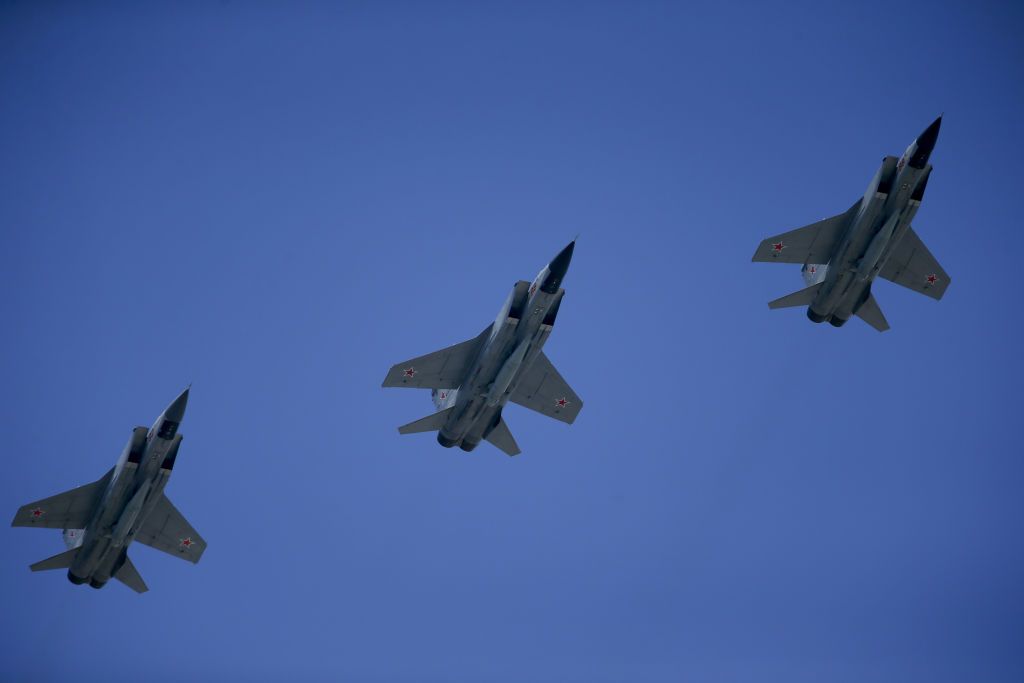UK Defense Ministry: Putin flaunts Kinzhals for 'strategic messaging purposes'

Russian President Vladimir Putin's recent announcement of Kinzhal missiles-armed jet patrols over the Black Sea was mainly for strategic messaging purposes, as Kinzhals' actual performance has been lackluster, the U.K. Defense Ministry said in its report on Oct. 21.
The Russian leader said during his visit to China that the Russian Air Force will start patrolling the Black Sea with MiG-31 aircraft armed with "hypersonic" ballistic Kinzhal missiles.
He linked this announcement to the recent uptick in the U.S. military presence in the eastern Mediterranean over the Israel-Hamas War. The Kremlin's leader was likely implying that Kinzhals, with a range of up to 2,000 kilometers, can hold American warships at risk, the U.K. ministry said.
The report noted that this corresponds with the Kremlin's usual messaging for domestic audiences, portraying the West as an aggressor while Russia's hostile moves are justified as necessary self-defense.
The specific mention of Kinzhal missiles is intended to demonstrate the capability to produce and operate newly developed weapons, the report said. Kinzhals have long played an important role in Russia's military propaganda, emphasizing the country's supposed advances in military technology.
The U.K. report, however, stressed that the actual performance of Kinzhals during the invasion of Ukraine has been quite poor despite their impressive abilities "on paper."
"It remains highly capable on paper, able to fly at hypersonic speeds and evade modern air defense systems, although there almost certainly needs to be significant improvement in how Russia uses it to achieve this potential," the analysis said.
Kinzhal air-launched ballistic missiles, with a speed of up to 12,000 kilometers per hour, have been used in the past in strikes against Ukraine. Ukrainian forces managed to shoot down several of these missiles using U.S.-supplied Patriot air defense.












